Few countries in the world have the geographic and cultural bipolarity of Vietnam: it’s an elongated country, historically divided between the North and the South, and with a mighty hub city in each part. Ho Chi Minh City, Saigon or simply HCMC is the country’s biggest city and the dominant city of the South. Hanoi, the capital of the entire country, the city of historical and political significance, and no slouch when it comes to size, either, is in the North. So which one is “better”? Ideally, you should try to spend time in each, but if you are pressed for time, or simply want to know the opinion of someone who spent a good amount of time in both cities, read on.
HCMC vs. Hanoi: Layout and Walkability
As most big cities in South East Asia, both Hanoi and Saigon can be most accurately described in one word: hectic. At least, that’s the impression of most first time visitors. Motorbike frenzy seems to fill the streets and alleyways. The distinction between the roadway and sidewalk is blurred, as people and scooters seem to be using both. If not for driving, then certainly for parking, occupying most of the sidewalk space. Crossing a busy street can be a life-changing experience. Thus, walkability in both cities is rather poor. Which is a shame, because both cities would have a good walking potential if it weren’t for the motorbikes.
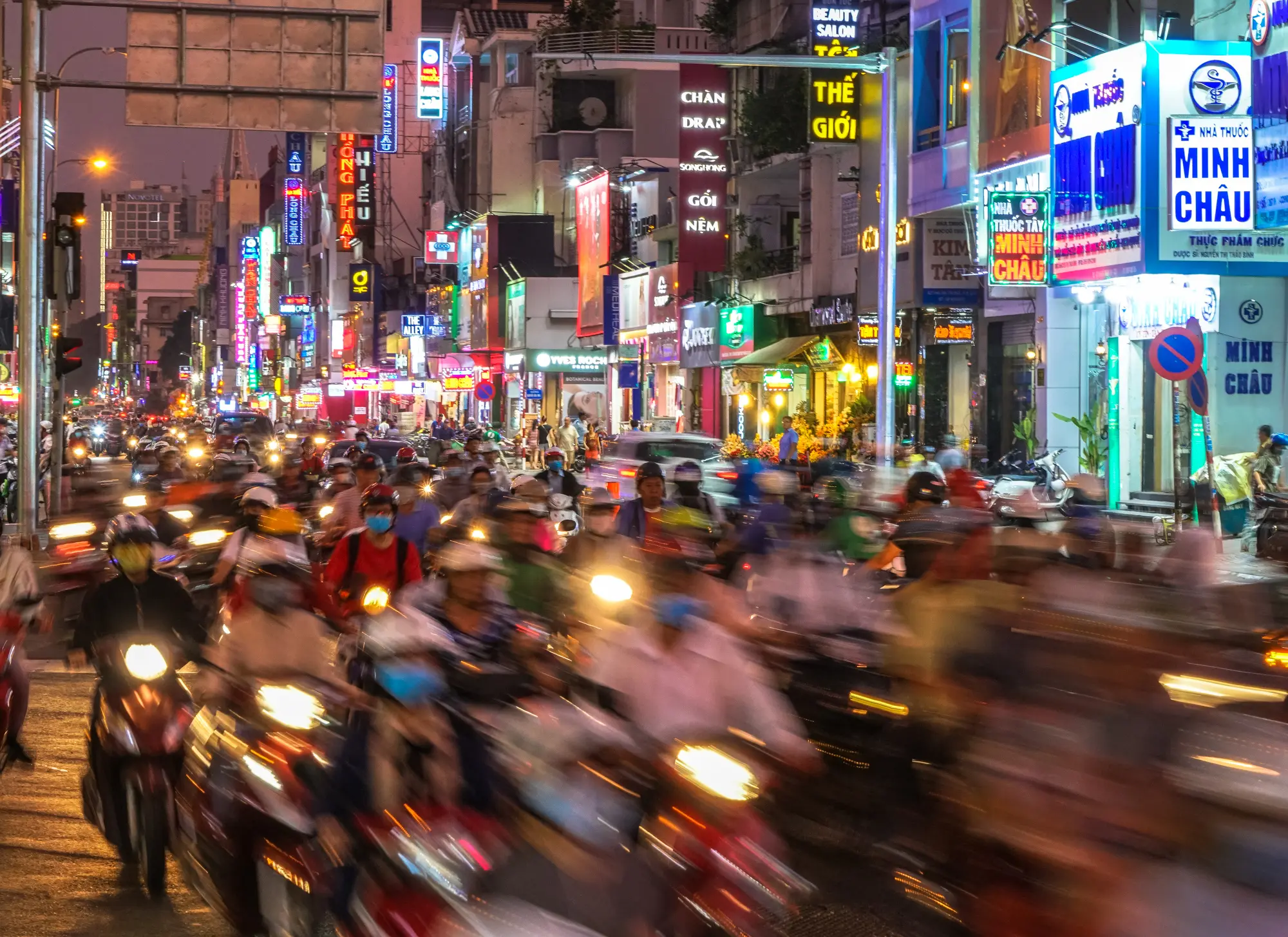
Hanoi, however, does have a few oases of tranquility in its centre, most notably, Hoan Kiem Lake. It is a real gem that can be easily walked around in about 40 minutes. On weekends, most streets around it are closed for vehicular traffic, making it an even better area for walking. In addition, there are a few other lakes in Hanoi that are also picturesque, not to mention quite a few parks, big and small.
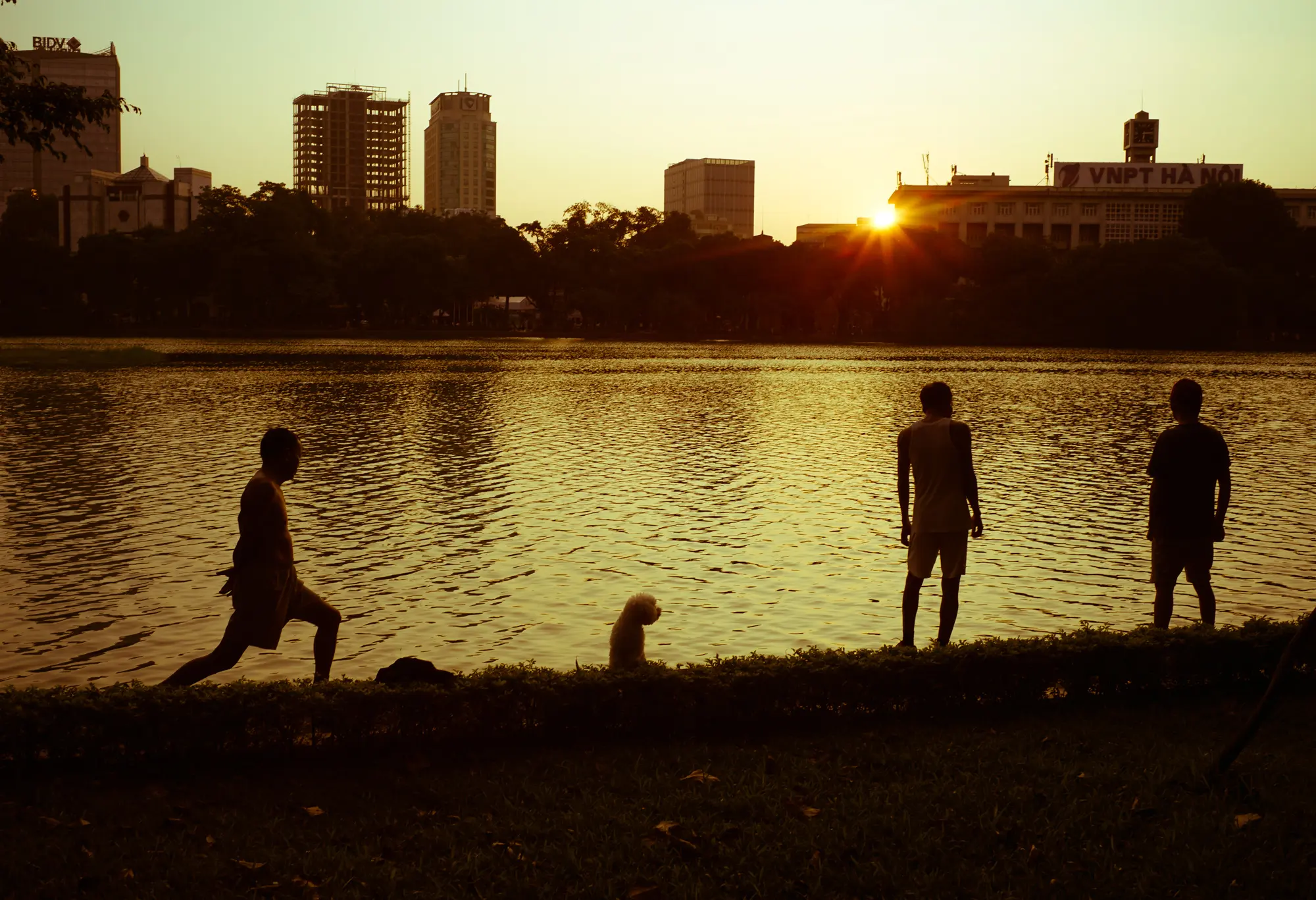
Saigon’s walkability isn’t quite as good as Hanoi’s, even though it doesn’t say much. There are parks, the walking street Nguyen Hue and that’s about it. One thing Saigon does have is a walkable riverfront, which Hanoi doesn’t despite being situated on a river.
Saigon is a huge, spread out metropolis but it has a convenient central core called District 1. There are many numbered and non-numbered districts in the city, and many of them have commercial hubs, too, but either as a tourist or an expat, you would hardly need to leave District 1. Hanoi, on the other hand, doesn’t appear to have a well-defined centre. Its Old Quarter area is small and first and foremost, a tourist hub. Business and commercial activity is spread out throughout the urban sprawl, and make no mistake, Hanoi is also huge, even if it seems small from the Old Quarter.
Walkability-wise, I personally believe Hanoi has an edge on Saigon (even if it is poor for both cities), but as far as convenience of the layout, Saigon has an edge.
HCMC vs. Hanoi: Culture and Architecture
Both cities have retained a good deal of French colonial architecture, even if a lot of it is being replaced with new buildings by the mega developers such as Vingroup. A lot of it is also quite dilapidated, which does give it a certain charm. Hanoi’s Old Quarter has a high concentration of such architecture, and with its narrow streets filled with shops, restaurants and bars, it is no wonder that Hanoi is a more appealing city to tourists than Saigon. Its historical core is relatively well-preserved, it has some interesting temples turned into museums, and it just feels like an older city, which is not surprising considering it was the capital and cultural centre of Vietnam for centuries (not counting the 143 years when the capital was in Hue). It also has an old railway and traffic bridge called Long Bien designed by the French architects from Gustave Eiffel’s studio, which is a magnet for photographers and tourists alike.
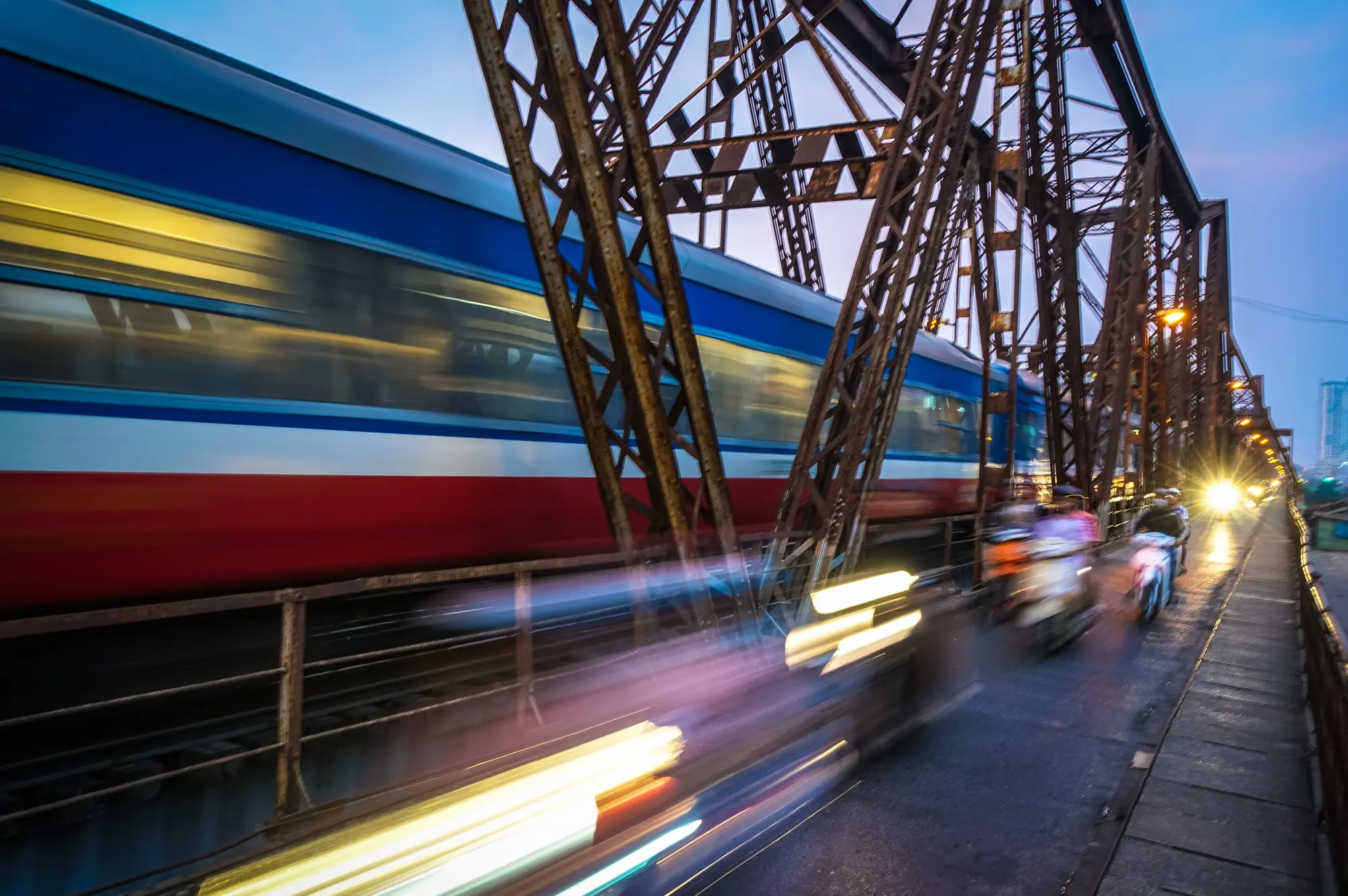
Saigon’s colonial heritage is not as concentrated or visible as in Hanoi. It is there, to be sure, but you are not likely to notice it as much. District One is where most of it is, and some of its wide avenues will perhaps remind you of Paris, if you have a good imagination. But overall, French architecture is not as prominent in Saigon as it is in Hanoi. The 2 most notable buildings from the era are the Central Post Office and Notre Dame Cathedral. The latter is unfortunately located in the middle of a paved, busy square, unlike it’s the main cathedral of Hanoi, which has a much cozier and more accessible location by Hoan Kiem lake.
Being the capital city, Hanoi boasts more and better museums (strictly IMHO) than Ho Chi Minh City. That is particularly evident in the two Fine Arts museums, where the one in HCMC is a modest gallery compared to the one in Hanoi. One notable exception is the War Remnants Museum in Saigon which is impressive indeed and should be visited by every tourist, especially American.

What I prefer about Saigon is its abundance of old temples, big and small. Mostly Buddhist but some also Taoist, built by the sizeable Chinese population of Saigon of the old days. Old Cholon suburb, now called District 5, is the closest Vietnam has to a Chinatown, and it is peppered with interesting temples. There are others, too, such as Jade Emperor, Giac Vien or Giac Lam pagodas. Of course, there are also quite a few churches. Hanoi’s notable temples, such as Temple of Literature, are beautiful, but they are more tourist attractions, commanding entry fees, rather than working temples of Saigon.
Still, overall, culturally as well as architecturally, Hanoi is a more interesting destination due to its position as the capital of Vietnam.
HCMC vs. Hanoi: Photographic Interest
As a travel photographer, I have to split this factor into a separate category. As someone who spent many hours walking the streets of both cities, I can attest that it’s a tough competition between the two, with significant differences. Where Hanoi’s photogenic value can be easy to uncover, in Saigon you have to dig fairly deep to find interesting places and scenes.
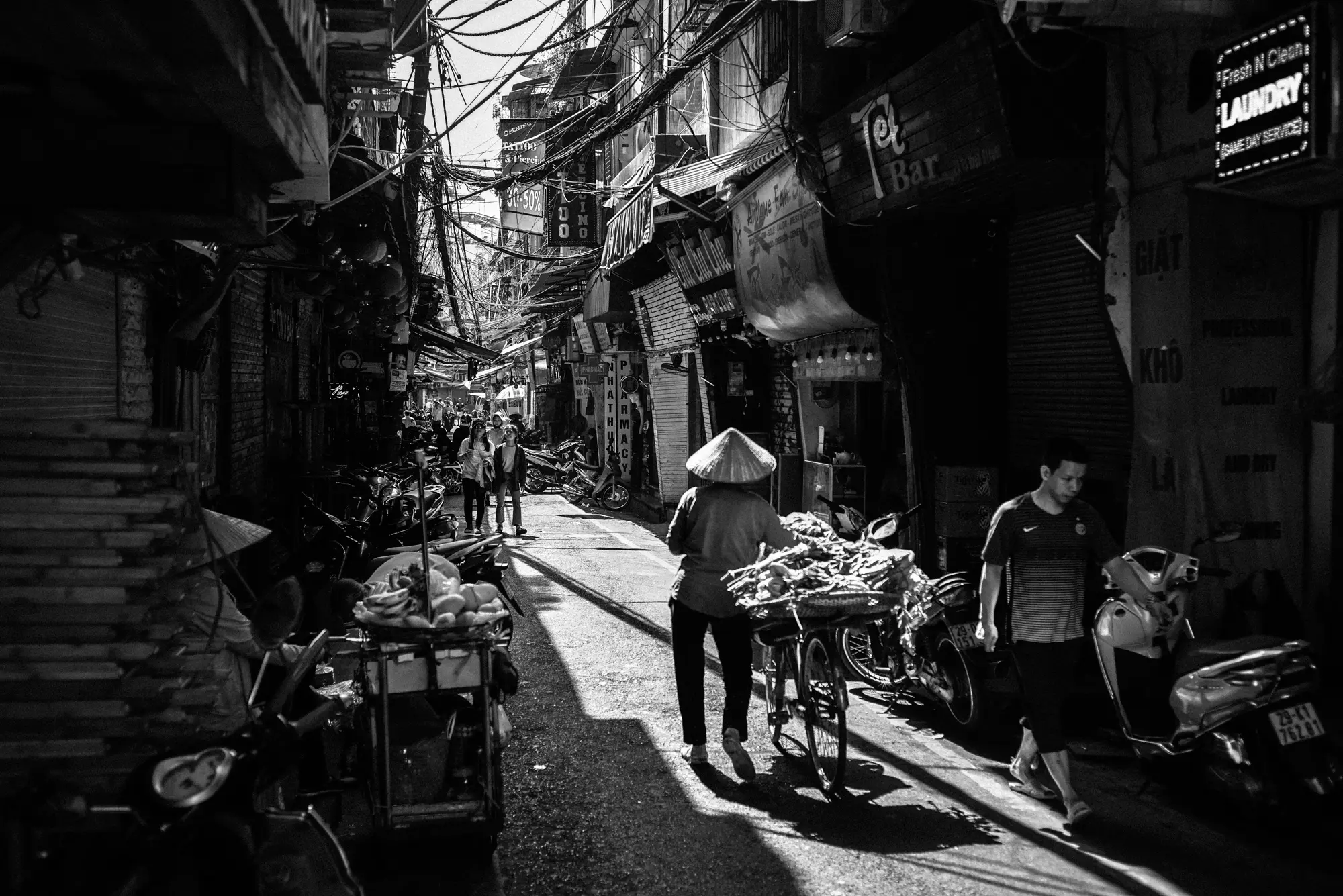
As mentioned above, Hanoi is full of interesting architecture and street life smack in the tourist centre of it, in the Old Quarter. And even if you never leave that area, you can still accumulate quite a catalogue of excellent pictures. Ladies in conical hats and bicycles, narrow alleyways, streetside workshops, people exercising by Hoan Kiem Lake, children playing football by the Cathedral… And of course, the Long Bien Bridge, which, again, is the star attraction for the photographers, local and foreign. Hanoi’s seasons mean that people will wear different clothes throughout the year, and weather conditions do vary month to month, making it interesting and challenging for a photographer.
You can, of course, find lots of residential alleyways called “ngo” and photograph street life there. The locals are not usually particularly enthused by your presence, but you are also unlikely to be told off except at the railway tracks that pass through the city. As of recent, the authorities have put uniformed police to prevent tourists wandering through this unique area, which is a shame.
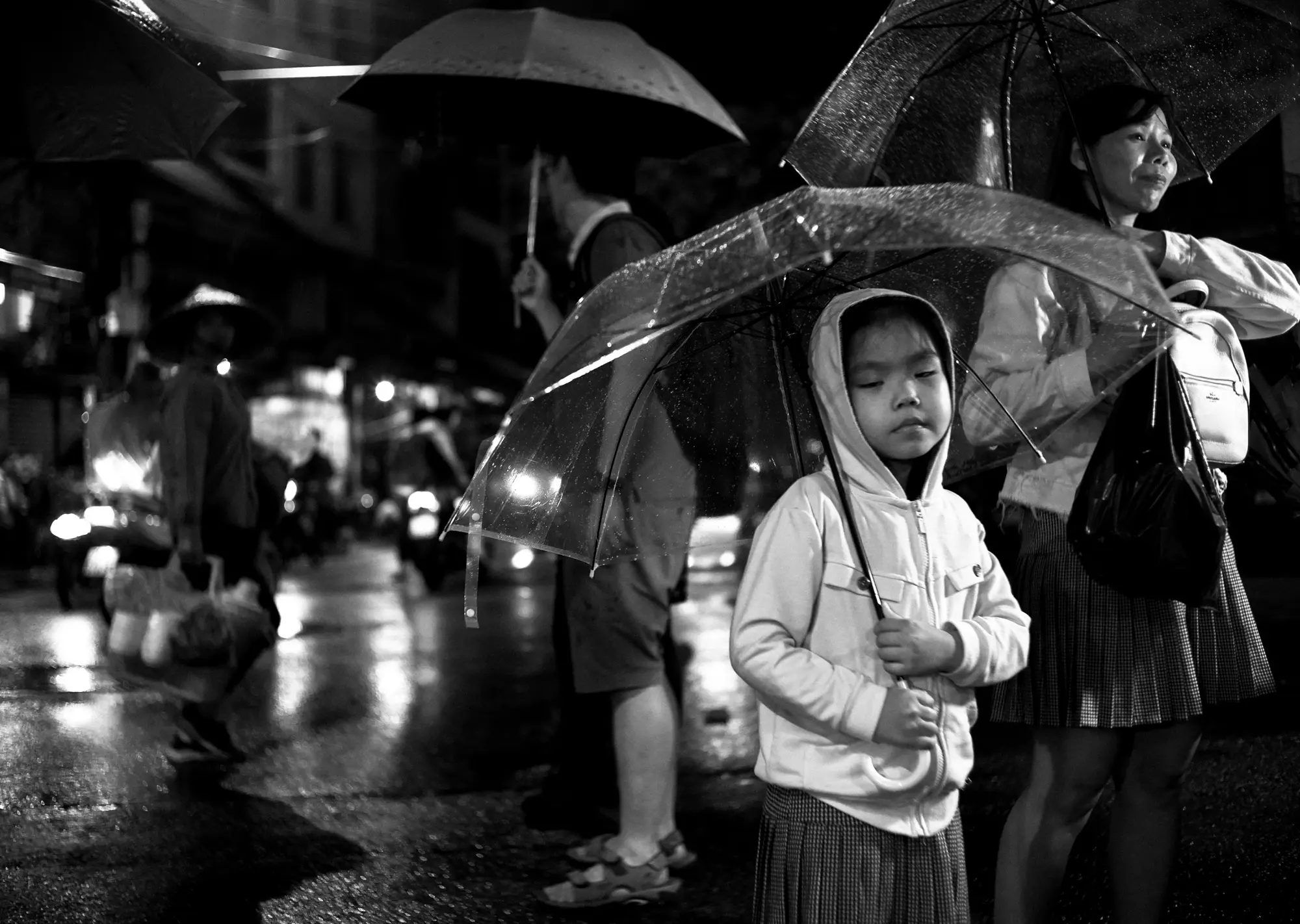
Saigon doesn’t have the same “in your face” photogenic looks of Saigon. This city means business, and if you want to take interesting street pictures, you have to delve deep into the alleyways that here are called “hem”. That’s where you’ll see the real Saigon: tiny local shops, kids, dogs, pool players, cock fights, and lots of drinking parties to which you will likely be invited. That’s the way people of Saigon are: step away from the tourist Bui Vien street, and you will be greeted with smiles anywhere you go. In addition, Saigon has excellent photo ops in and around its numerous temples. Local photographers often do photo-shoots there, and you can see why – the combination of old architecture, smoke from the incense and good lighting make it fantastic shooting locations.
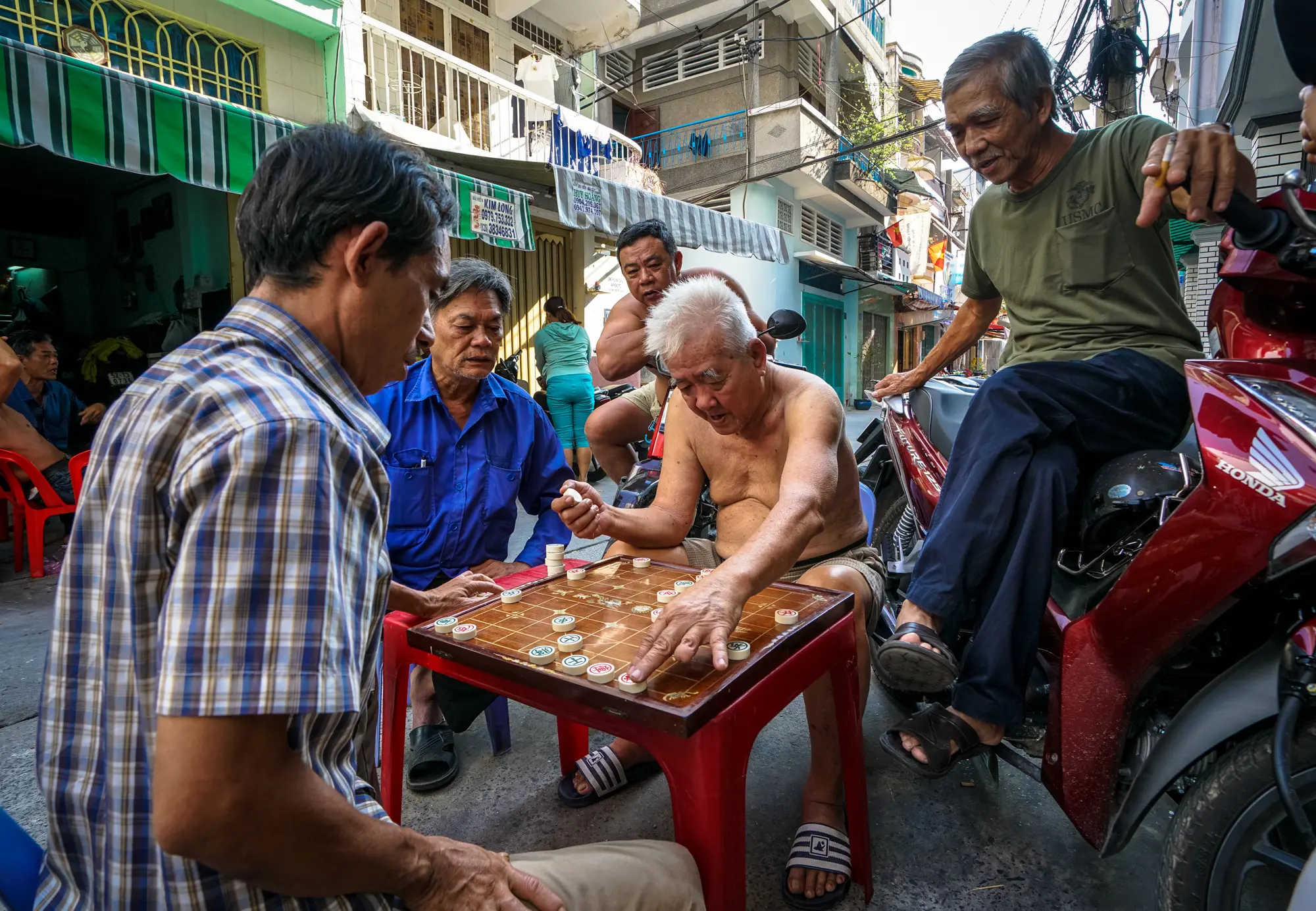
While I am inclined to give Hanoi the slight edge in this category, I will call it even for both cities. Each is among the best in Asia for street photography.
HCMC vs. Hanoi: Food
Any Ho Chi Minh versus Hanoi comparison would have to involve food, and it’s also the category that might cause most controversy. I happen to love Vietnamese street food, but at the same time, I’m not at all an expert on it. By my estimation, I have maybe tried a quarter of what’s typically on offer in the streets, so take this section with a literal grain of salt (which I wish Vietnamese cuisine used a bit more of).
From my personal experience, Saigon has a lot more options available for street eating. Some dishes, such as Bo La Lot or Bot Chien (my favourite Vietnamese breakfast, which the locals eat in the afternoons) are not even available in Hanoi. Others, such as Banh Xeo (Vietnamese crispy pancakes) can be found in both, although I have not seen the small Banh Khot variety in Hanoi. I personally find the famous pho soup to be better in Saigon than Hanoi, although any northerner will disagree with me on that. Healthy options such as fruit, coconuts and sugar cane juice are far more abundant and affordable in Saigon than Hanoi, due to its tropical location.
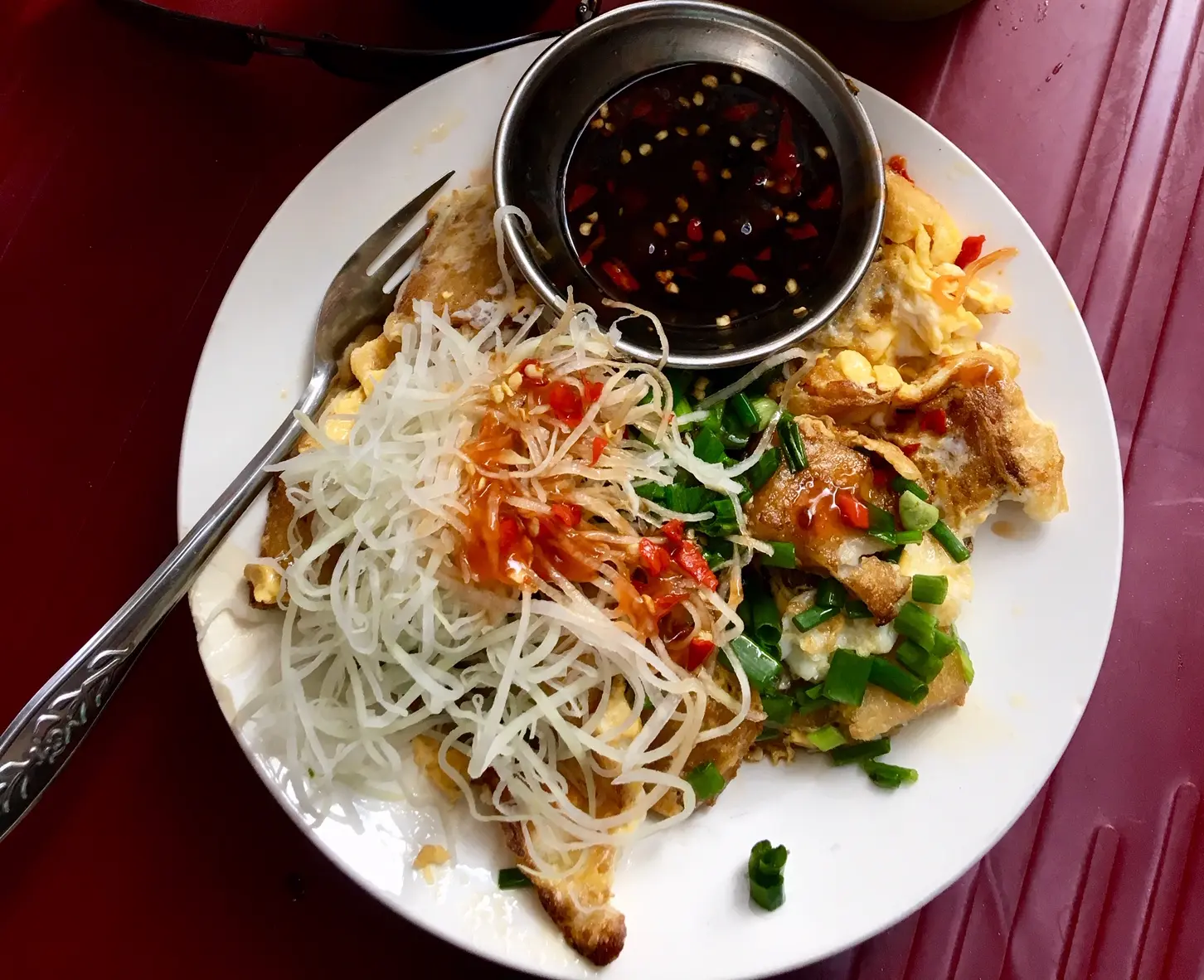
What Hanoi is famous for is Bun Cha, a tasty dish of grilled pork and noodles. I also prefer Hanoi’s version of Nem Ran – fried spring rolls, although you really have to find the right places for it. Generally, when it comes to grilled meat, Hanoi is better – strictly form my personal experience, mind you. Hanoi is also home of one of my favourite dishes called Cha Ca La Vong, which is basically grilled fish with herbs and noodles. However, it is not particularly cheap if you want good quality. In central Hanoi, due to inundation with tourists, lots of traditional street offerings now command a much higher price than they should. This particularly applies to Banh Xeo, which I can outright recommend to avoid anywhere in the Old Quarter area. In Saigon, street food or cheap restaurants are everywhere, including District 1.

If you have a sweet tooth like me, you’re going to love Hanoi: this is the birthplace of the famous and delicious egg coffee, and there are several excellent fruit yoghurt and ice cream places right in the Old Quarter, something I have yet to find in central Saigon.
Still, the overall slight edge in food goes to Saigon due to bigger selection, cheaper prices and more locations to sample the street food.
HCMC vs. Hanoi: Entertainment
If there is one category where Saigon beats Hanoi heads down, it’s the nightlife. There’s really no contest here. Yes, Hanoi has its “beer street” and the Old Quarter does turn into a party area on weekend nights. But all the fun generally dies down a little bit after midnight due to strict city regulations. There are nightclubs, to be sure, but they come with the hefty price tag. What Hanoi does have that Saigon doesn’t is the impromptu street entertainment on weekends, when tons of street musicians and other performers congregate on the pedestrian streets around Hoan Kiem Lake. But that still doesn’t really constitute nightlife.
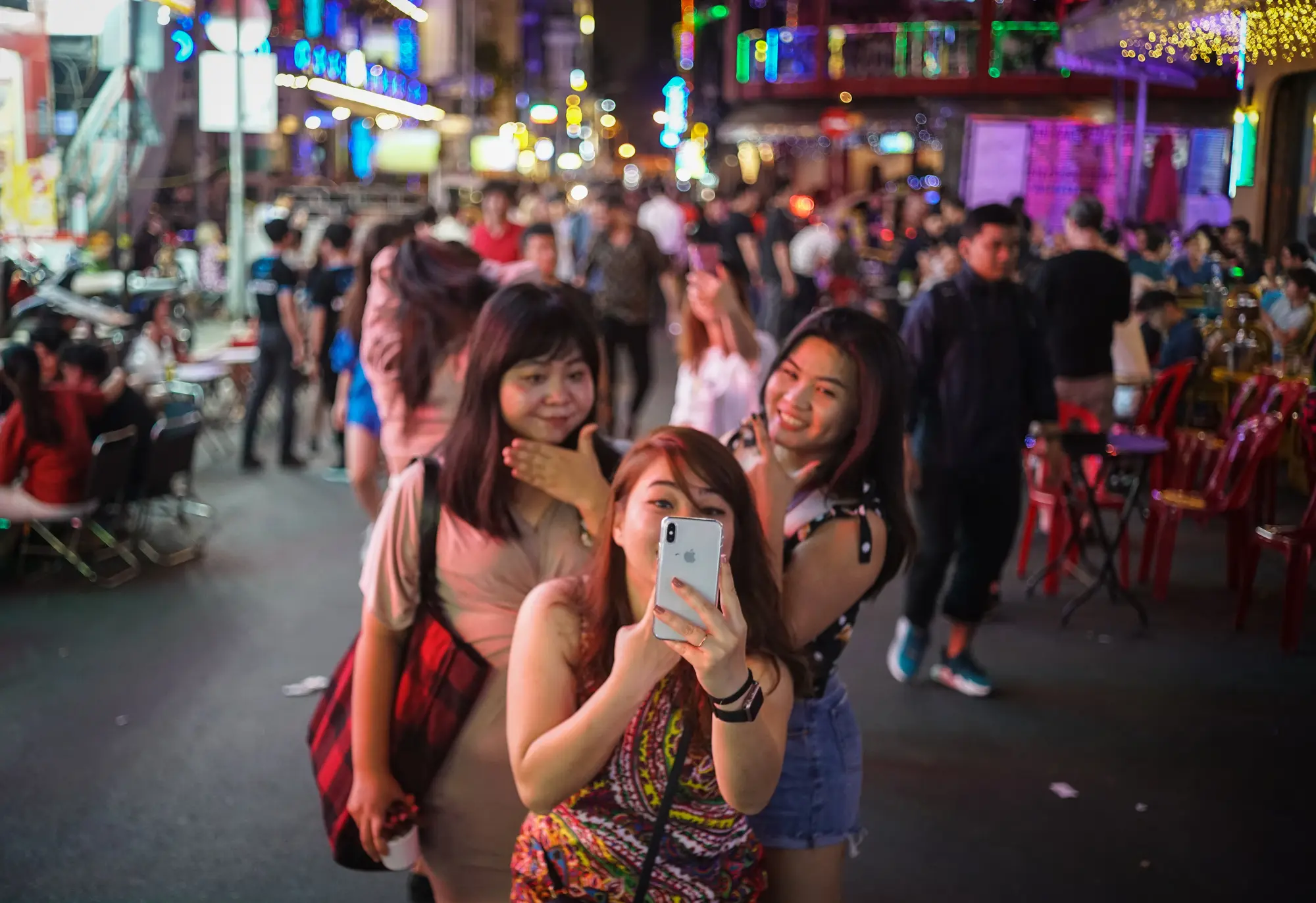
Saigon shines in this department. This city may not be quite like Bangkok in terms of hedonism (or sleaze, if you will), although it’s not far off, but it surely knows how to party.
Basically, you have several ways to spend your night away in Saigon: beer bars on or around Bui Vien street, which is your cheapest option; classier bars on Pasteur street and around, most of which will have sexy bar girls to amuse you (and rid you of your cash); and fancy clubs and mixology bars, many on rooftops, which will set you back as much as a night out in New York, Tokyo or Paris, but you’ll have a chance to mingle with the young and rich Saigon elite, if that’s your fancy. There are watering holes that will transcend these categories, mind you, such as whiskey bars that can have surprisingly inexpensive happy hours, or craft beer bars that are quite posh. Whichever option you choose, you are free to drink and be merry until the wee hours of the morning. And of course, you will have plenty of food and snack options pretty much 24 hours a day.
So if you are a party animal, Saigon is your place to be.
HCMC vs. Hanoi: Getaways
If you choose either one of these cities as a hub for your travels or as a base to live as an expat, inevitably you will want to get away, whether to a beach, mountains or just for a change of scenery. Of course, nowadays both cities are well connected by air with pretty much every South East Asian destination and beyond. Both Hanoi and Saigon boast modern airports, but while Saigon’s is fairly close to the city, so much so that you can take a motorbike taxi there if you don’t have much luggage, Hanoi’s airport happens to be about an hour’s drive away, so it will cost you $10 by taxi and you do have to plan for time as traffic isn’t always good.

When it comes to quick getaways overland, Hanoi is located in close proximity to Vietnam’s best natural sights. Basically, the karst geology of the country is at its most prominent in North Vietnam, particularly in places like Ha Long Bay and Ninh Binh. Both are stunning and are within 2-3 hours’ reach from the capital.
Go just a little further, and you are in the middle of some serious mountain scenery around Sapa and Ha Giang. Not only that, but you have some world-class rice terraces, numerous ethnic minority villages and excellent hikes. Not to forget about some amazing lakes and waterfalls, such as for example, Ba Be National Park. All this within 5-6 hours’ drive from Hanoi, which makes it a great hub for both water and land-based adventures.
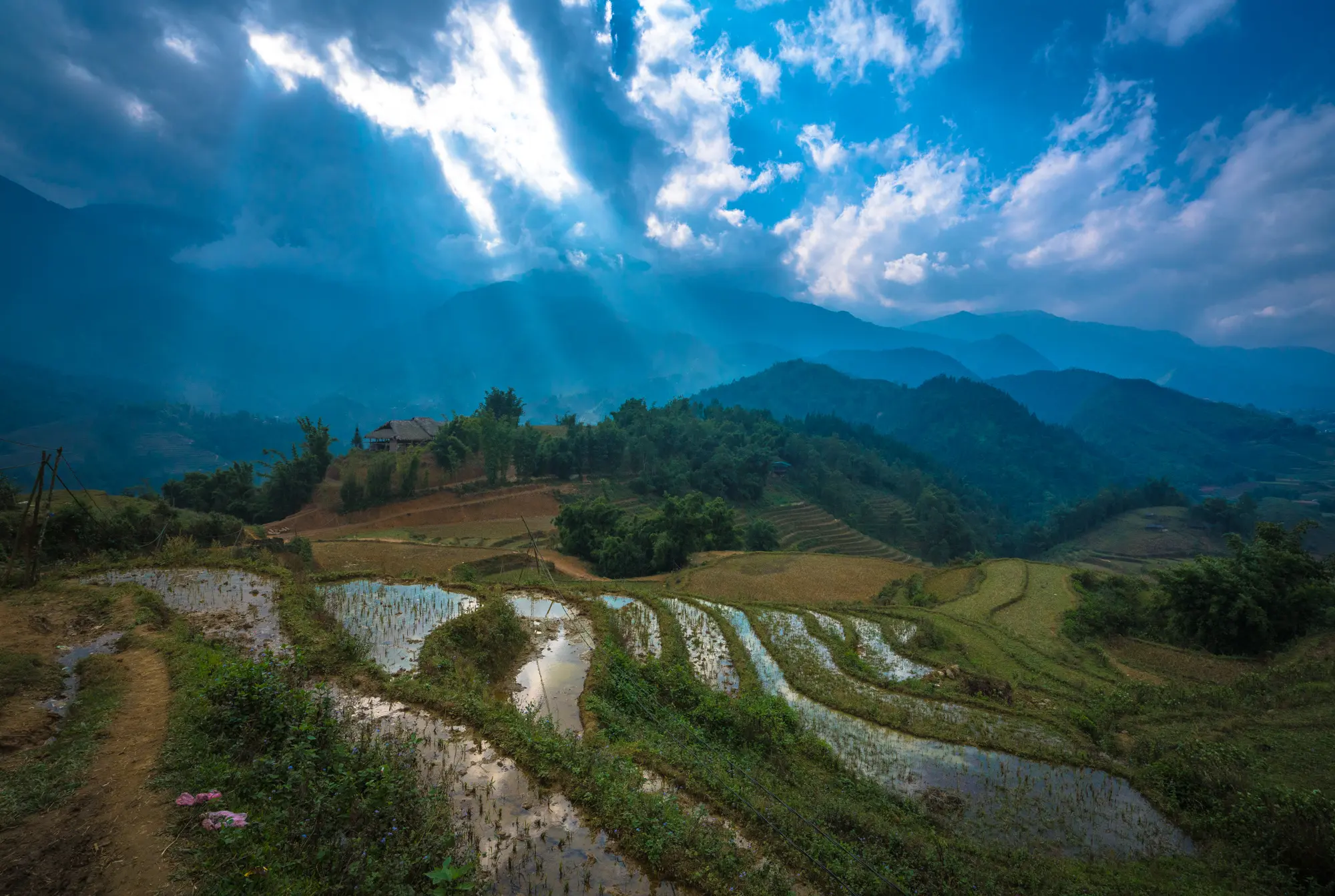
Saigon isn’t as blessed with beautiful surroundings. There isn’t much in terms of mountains here, but you do have the extensive and fascinating riverine landscape of the Mekong Delta just south of the city. You would think, given its tropical climate and relative proximity to the sea, that there should be some good beaches around, but unfortunately, that is not the case; pollution and overpopulation have taken its toll on the cleanliness of the shoreline and the water, so for a decent beach, you would have to travel at least to Mui Ne which is 5-6 hours by bus, or fly to Phu Quoc island.
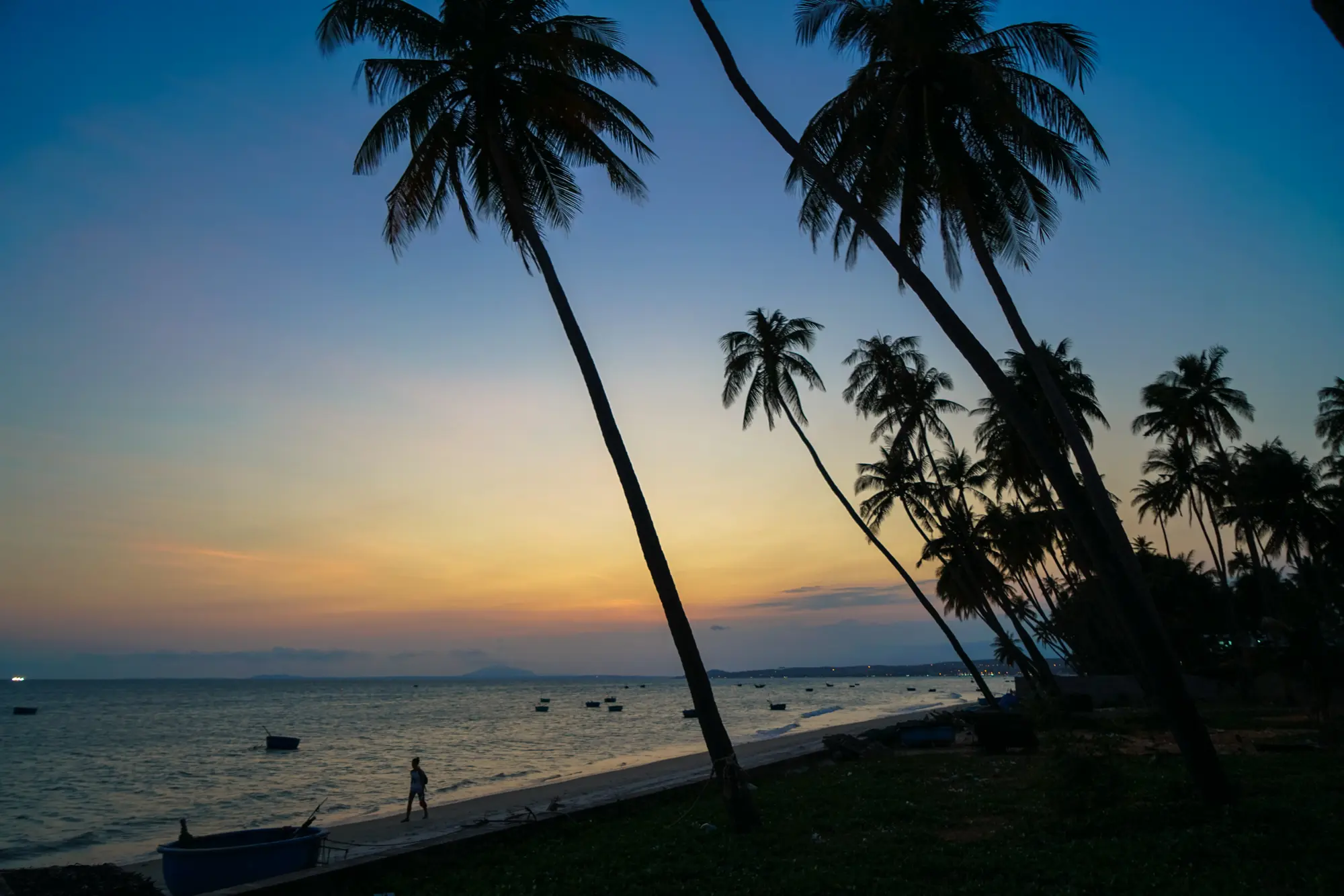
All in all, Hanoi is the place for you if you are an outdoor junkie and need to be close to the nature.
HCMC vs. Hanoi: Conclusion
So there you have it. As you can see, there isn’t really a clear winner between these two fascinating cities. Both Hanoi and Ho Chi Minh City have plenty to offer. While there is a bit of a rivalry that’s going on between the two, they are very much a part of the same country, with more similarities than differences. Don’t listen to people (locals and expats alike) form either city that bashes the other or declares it “worse”. If you have the time, visit both. If not – than hopefully, this comparative review can help you choose the one that suits your travel needs the most.
P.S. If you are interested in a Street Photography Workshop that I am currently offering in Saigon, please contact me directly or use this link to my AirBnB Experience page. I take my guests through some of the best locations for street photos in the city that are off the beaten path, and share my street photography tips.
